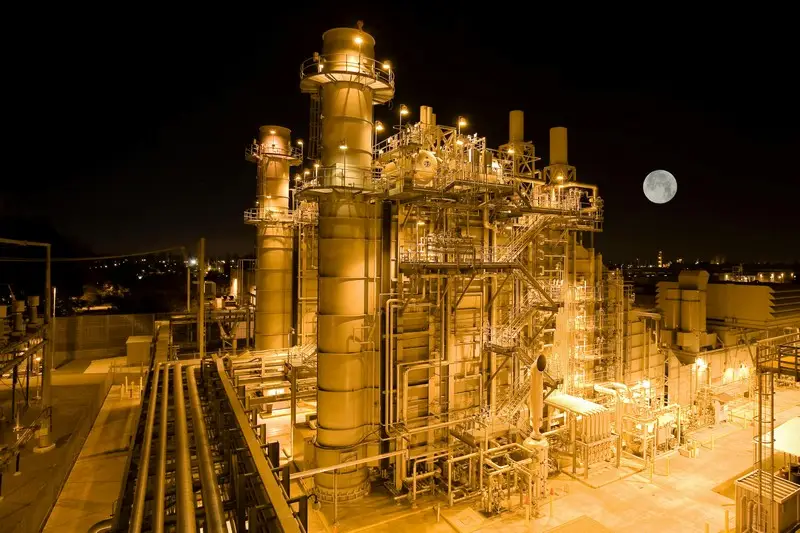Table of Contents
- Understanding the Mode of Production
- Historical Modes of Production
- Theoretical Perspectives on the Mode of Production
- Contemporary Relevance of the Mode of Production
- Conclusion
The concept of the mode of production is central to understanding social structures and transformations. Coined within Marxist theory, this term encapsulates the relationship between the forces and relations of production that shape economic, political, and social life. This article will delve into the intricacies of the mode of production, exploring its historical evolution, theoretical underpinnings, and contemporary relevance. By the end, readers will grasp how this concept remains a cornerstone of sociological inquiry and its significance in analyzing modern societal challenges.
Understanding the Mode of Production
The mode of production refers to the way a society organizes its economic activity. It is a framework that combines the forces of production (tools, technology, and labor) with the relations of production (social and economic relationships between individuals and groups). Together, these elements determine how goods and services are produced, distributed, and consumed. This conceptual pairing allows sociologists to unpack the foundational structures of any given society and its historical development, shedding light on the material conditions that influence culture, politics, and ideology.
Forces of Production
Forces of production encompass the physical means and techniques used to produce goods. This includes natural resources, tools, machinery, and the labor power required to utilize them. Over centuries, these forces have undergone transformative changes, from rudimentary tools in hunter-gatherer societies to advanced robotics and artificial intelligence in modern industry. Understanding these transformations is key to analyzing shifts in economic power and societal organization. Technological advancements often act as catalysts for broader social change, redefining the possibilities of production and distribution while introducing new challenges and contradictions.
Relations of Production
Relations of production describe the social relationships that emerge within the economic system. They determine who controls the means of production and how surplus value is distributed. For example, in a capitalist mode of production, the bourgeoisie owns the means of production, while the proletariat provides labor. These relations also reflect broader systems of power, authority, and inequality. They encompass everything from ownership structures to workplace hierarchies and the mechanisms through which wealth is accumulated and exchanged.
The interplay between these two dimensions is key to understanding the broader social structure. As forces of production advance, tensions often emerge within the relations of production, driving societal transformation. For instance, technological innovation may disrupt existing labor dynamics, creating new economic classes and redefining societal roles. These tensions often lead to crises within the existing mode of production, setting the stage for revolutionary change.
Historical Modes of Production
Throughout history, various modes of production have defined societies. Let us explore some of the key modes identified within sociological and Marxist frameworks, each representing a distinct stage of human development and reflecting the interplay of material and social forces.
Primitive Communism
In early human societies, production was organized communally. Resources were shared, and survival depended on collective labor. There was no private ownership of the means of production, and class divisions were nonexistent. This mode of production was sustainable in small, nomadic groups but eventually gave way as societies grew more complex and agricultural practices emerged. The transition to settled agricultural life marked a turning point in human history, laying the groundwork for hierarchical systems of production. Despite its simplicity, primitive communism underscores the importance of collective organization and mutual dependence in human survival.
Slave Society
With the advent of agriculture and surplus production, societies transitioned to a slave mode of production. This system was characterized by the ownership of human laborers as property. The ruling class accumulated wealth through the exploitation of slaves, leading to stark social stratification. Ancient civilizations, such as Rome and Greece, exemplify this mode of production. While this system enabled monumental achievements in art, architecture, and philosophy, it was built upon deep human suffering and systemic inequality. The eventual decline of slave societies often resulted from both internal contradictions and external pressures, such as invasions and economic stagnation.
Feudalism
Feudalism emerged as the dominant mode of production during the Middle Ages. In this system, land was the primary means of production. The ruling class (nobility) owned the land, while the serfs worked it in exchange for protection and subsistence. Relations of production were defined by obligations and hierarchies, creating a rigid social structure. This mode of production persisted for centuries but eventually gave way to capitalism with the rise of trade, urbanization, and technological innovation. Feudalism’s rigid class structure and reliance on subsistence agriculture limited its ability to adapt to the changing demands of a growing population and expanding markets.
Capitalism
The capitalist mode of production arose with the decline of feudalism and the rise of industrialization. It is marked by private ownership of the means of production, wage labor, and a profit-driven economy. In this system, class conflict between the bourgeoisie (capital owners) and the proletariat (workers) becomes a central dynamic. Capitalism’s adaptability and emphasis on innovation have allowed it to dominate the modern world, but it is not without its contradictions, such as income inequality, labor exploitation, and environmental degradation. The relentless pursuit of profit often exacerbates social and environmental crises, challenging the sustainability of this system.
Socialism and Communism
Socialism and communism, as theorized by Marx, represent modes of production that seek to abolish private ownership of the means of production. Under socialism, production is collectively owned and managed, aiming for equitable distribution. Communism, in its ideal form, envisions a stateless, classless society where production meets communal needs without exploitation. While these systems have been realized in varying forms, their implementation and sustainability remain topics of debate among sociologists and economists. They highlight ongoing struggles to balance individual freedoms with collective well-being and to address the legacy of capitalist systems.
Theoretical Perspectives on the Mode of Production
Marxist Perspective
Get the full article AD FREE. Join now for full access to all premium articles.
View Plans & Subscribe Already a member? Log in.





